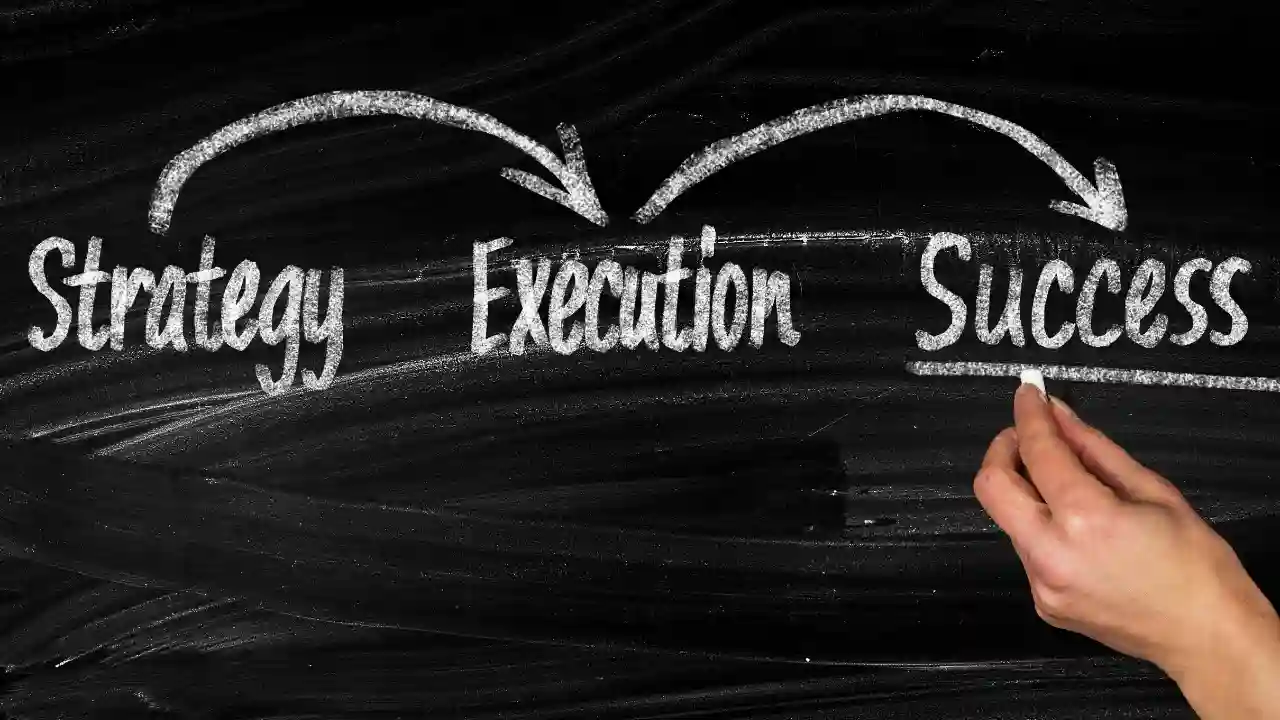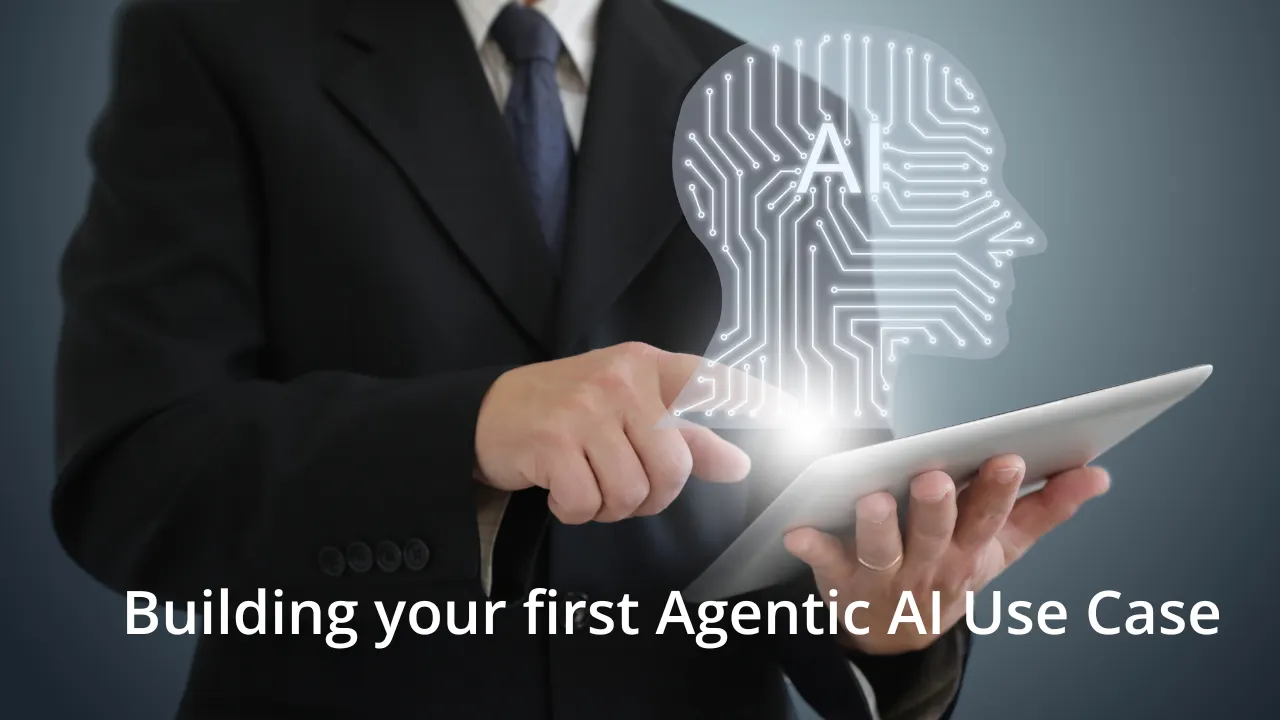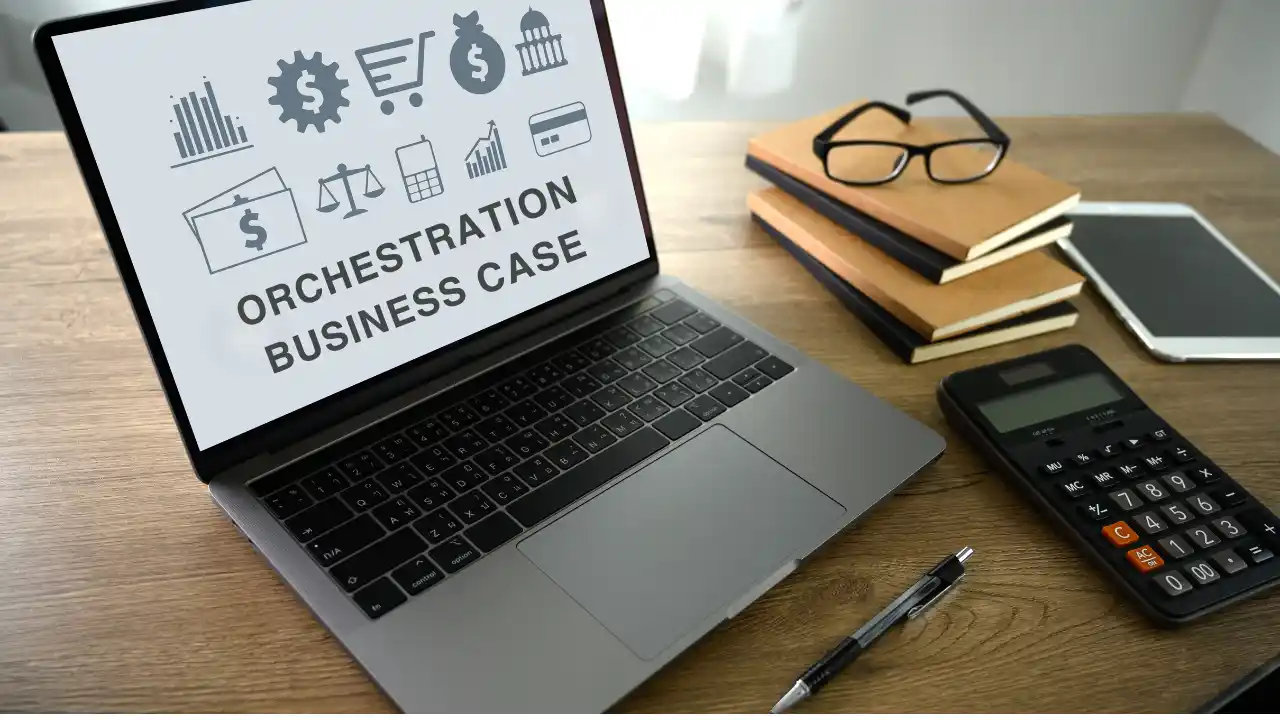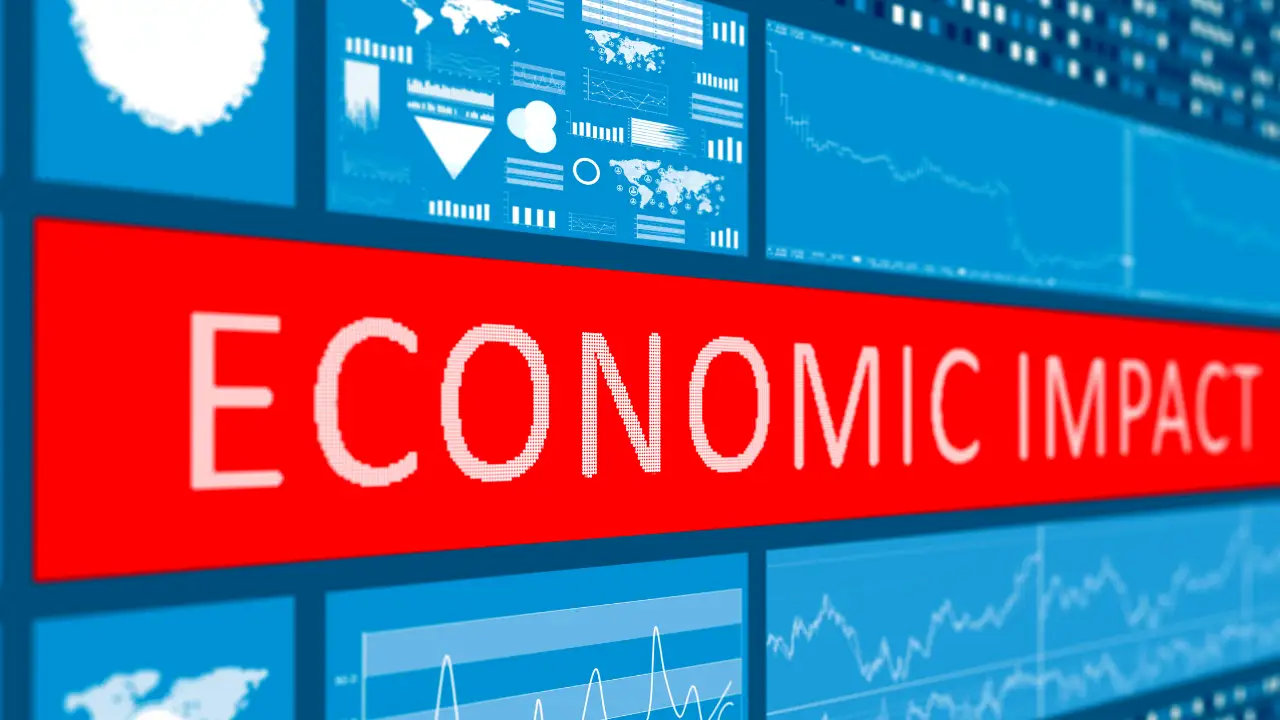In the previous blog we discussed the need to maintain good relationship with the suppliers and the benefits that come along with effective supplier management. We also listed the 3 stages for supplier management.
The first stage is FOUNDATIONS OF AN EFFECTIVE SUPPLIER RELATIONSHIP
In order to manage suppliers in a way that benefits both the organizations and the suppliers themselves, it is necessary for the organization to have a well defined process to find and award the business to the suppliers. This can be done by;
1. Understanding the value proposition of your stakeholders
Value propositions differ for internal & external stakeholders. For instance, internal stakeholders prefer rigid contracts as opposed to flexible contracts preferred by external stakeholders. The CPO needs to address such concerns of the stakeholders while devising the sourcing strategy.
2. Gauging the ecosystem
This involves keeping a tab on how the changes in the ecosystem will impact the key commodities that you source, the suppliers providing the commodities and also the competitors.
3. Conducting scenario planning for impact assessment
This is to gauge the impact of macroeconomic scenarios on the organization’s supply chain & sourcing strategies.
4. Looking for suppliers
Finding a suitable competitive supplier is fundamental to the success of a sourcing strategy. An effective supplier discovery process helps to find a new supplier which increases a company’s sourcing leverage and gives an opportunity to evaluate different suppliers across markets / geographies based on their capabilities.
5. Screening the suppliers
Screening the suppliers by way of questionnaires or any other process as the organization may deem fit ensures supply quality and cost assurance. It helps the organization to weed out unscrupulous suppliers entering the supply chain.
6. Selecting the best supplier
It is imperative for companies to select the right suppliers, satisfying the requirements of the sourcing project who not only provide items/services at a competitive cost but also possesses the ability to reduce impact of economic uncertainties on the supply chain
7. Building relational contracts
Author contracts by accommodating supplier views; this gives supplier a sense of ownership. This coupled with a transparent process helps build a relationship of trust between the buyer and the supplier
8. Bringing the supplier on-board
Finalized suppliers should be equipped with the necessary knowledge and behavior to become a part of the company’s supply chain
In the next blog we will discuss stage 2 of 3 to manage suppliers effectively.
Learn More: Vendor Management
Related Read:
- Supplier Performance Measurement: Keeping It Simple But Actionable
- Supplier Management–Benefits, Process, & Best Practices
- The Supplier Information & Performance Dossier (part 4): Supplier Performance Management
- Supplier Performance Evaluation – A Quick Checklist
- Supplier Relationship Management: A Comprehensive Guide 2023
- White Paper – Essential Components of a World-Class Supplier Performance Management Tool : A MENA Perspective
- White Paper – Supplier Risk And Performance Management: Best Practices For KPI Creation




























































